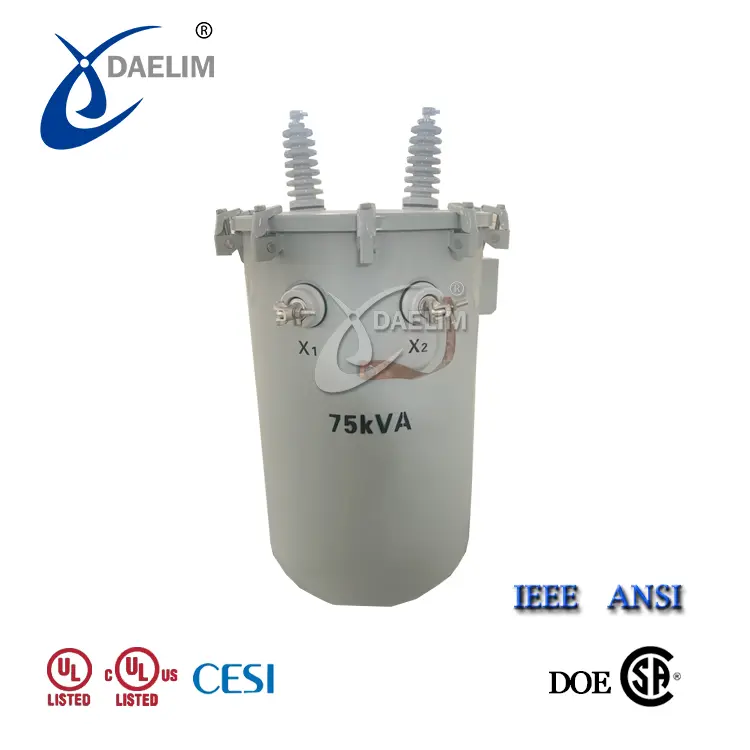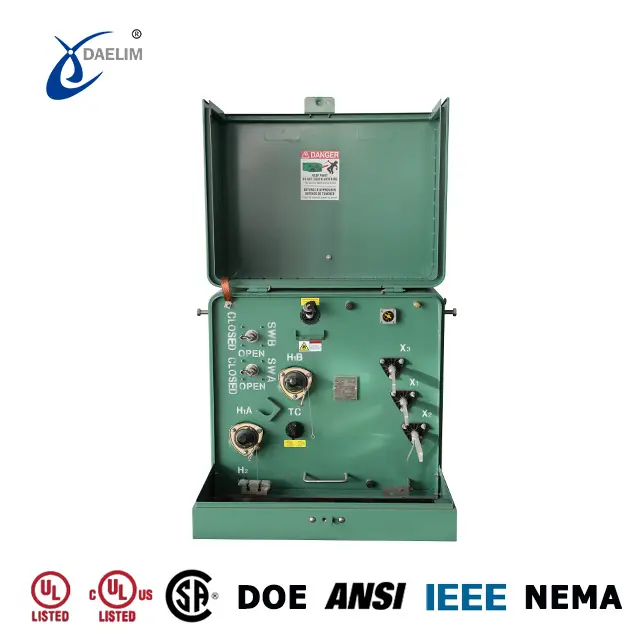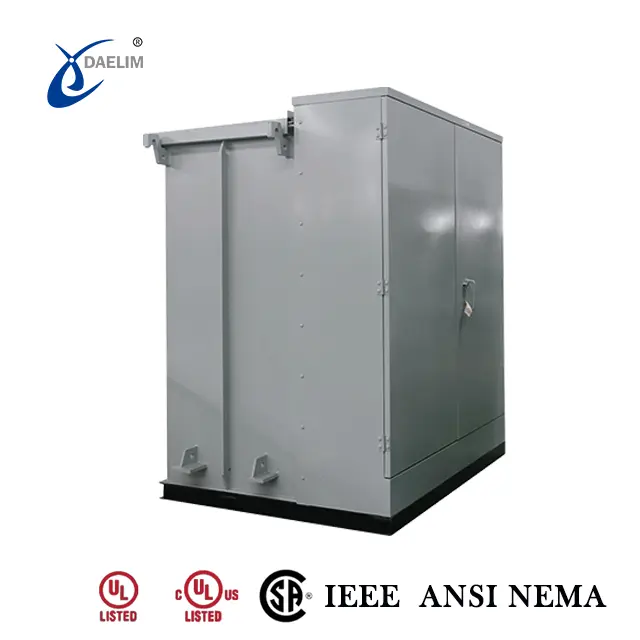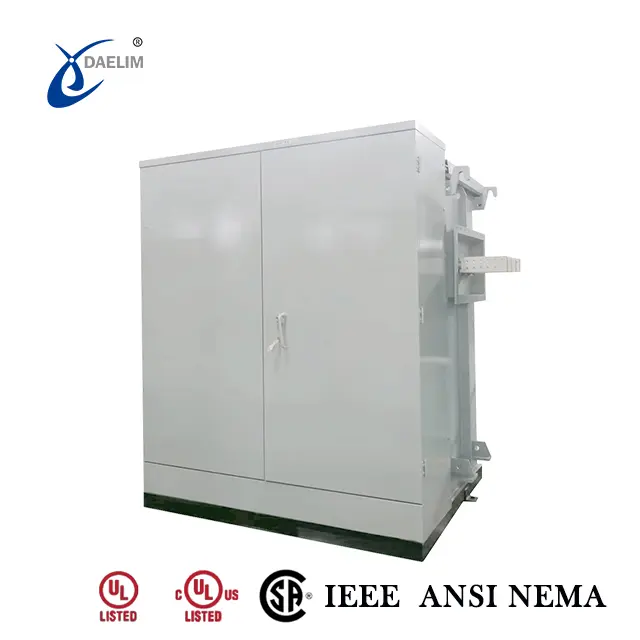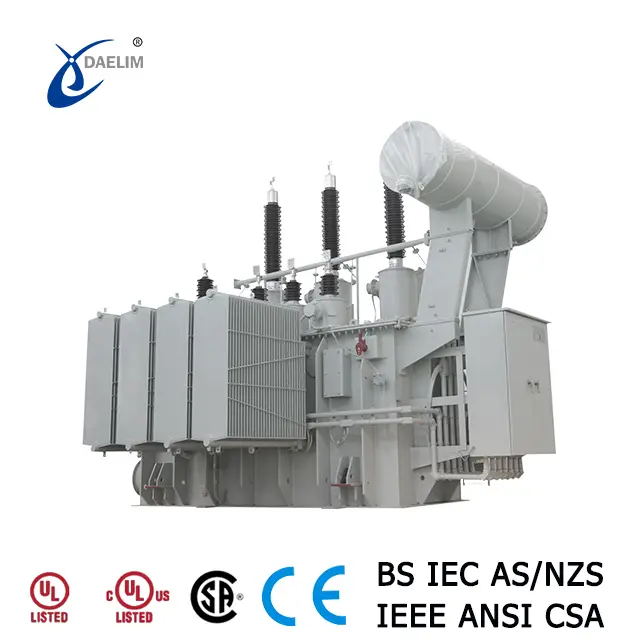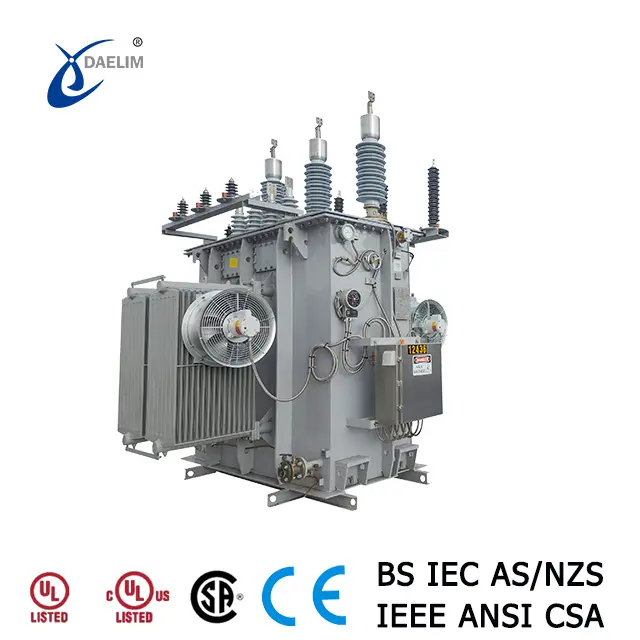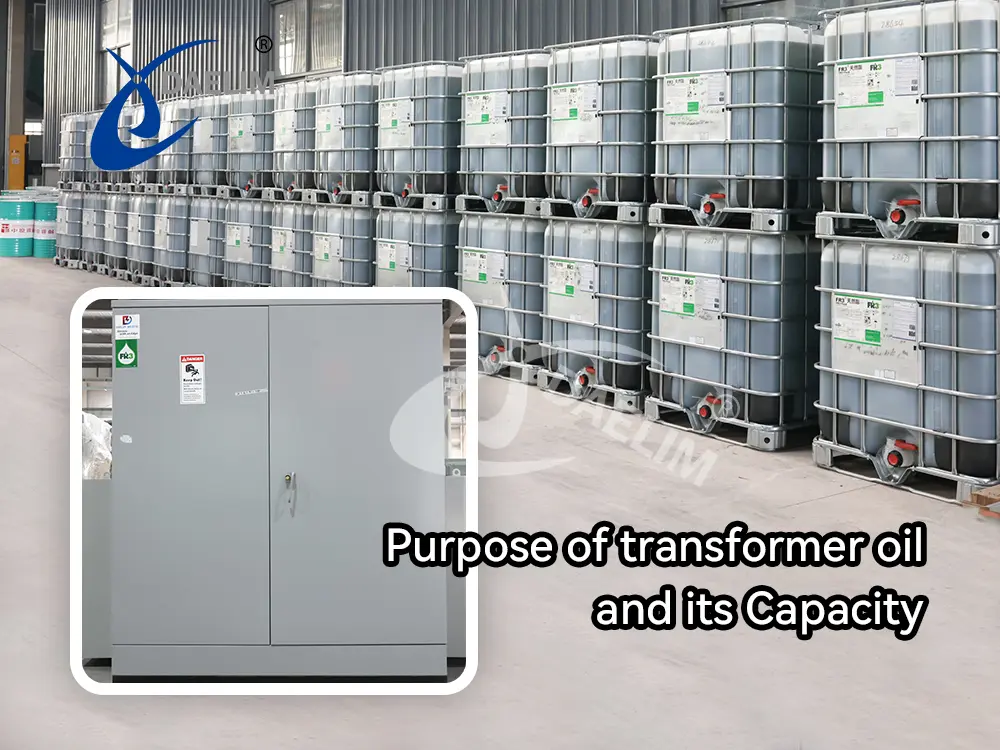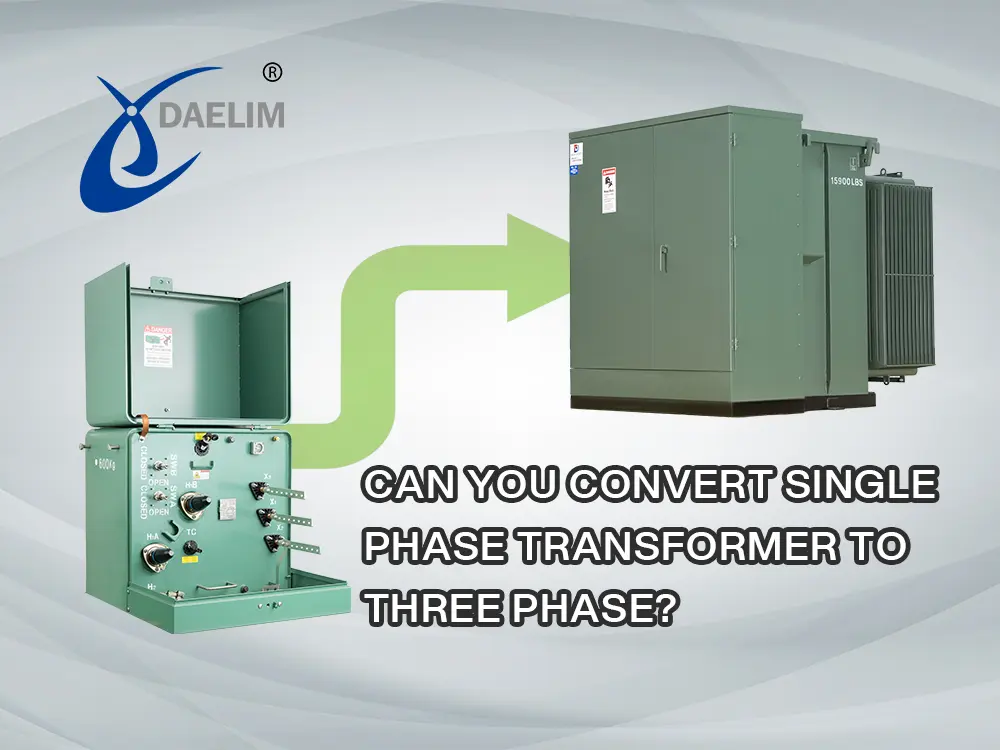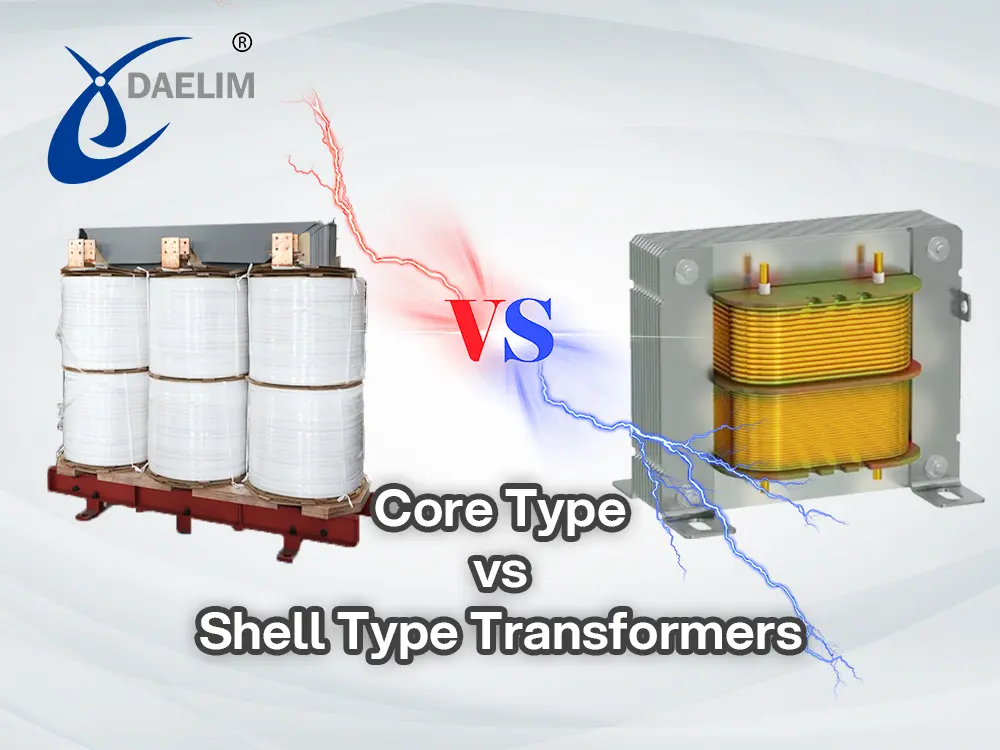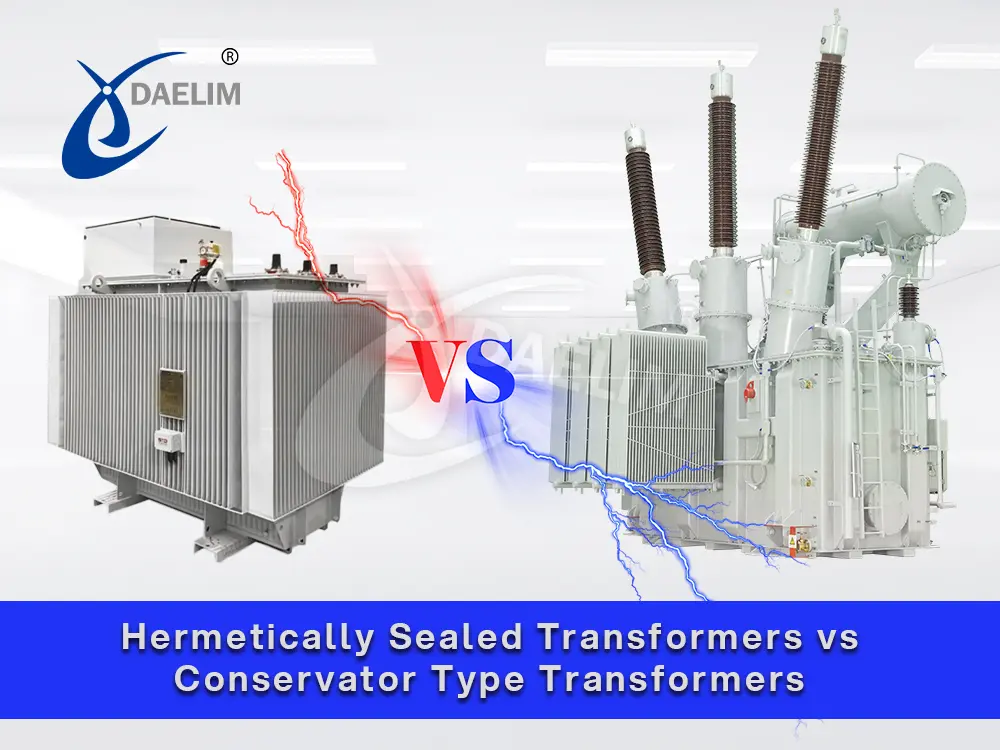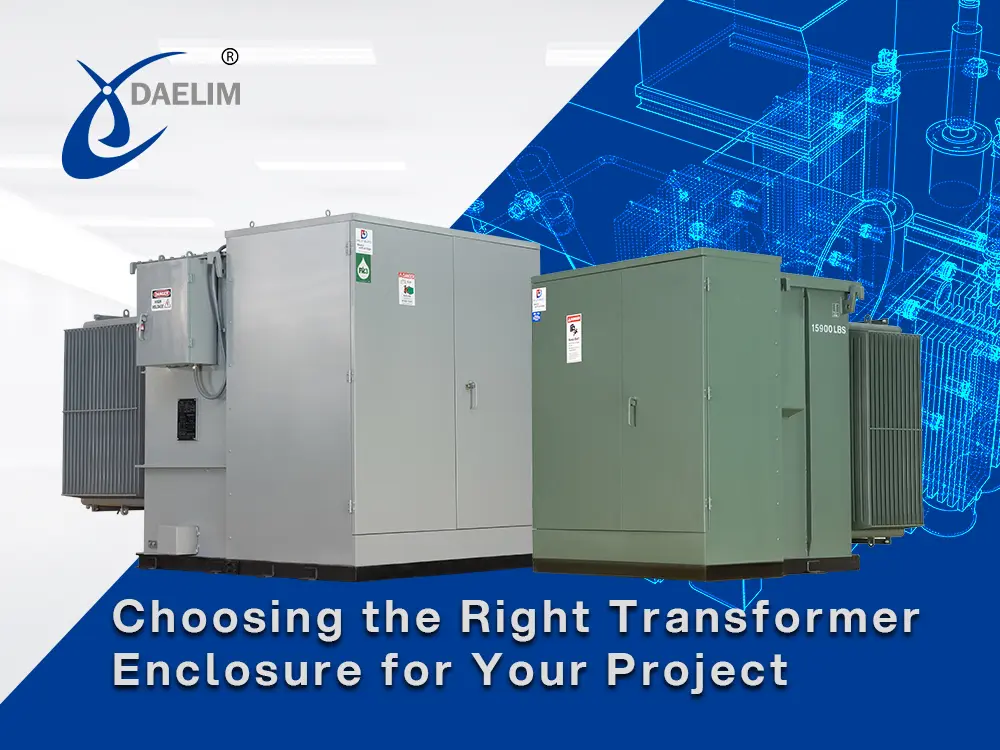What is electrostatic interference in Transformers
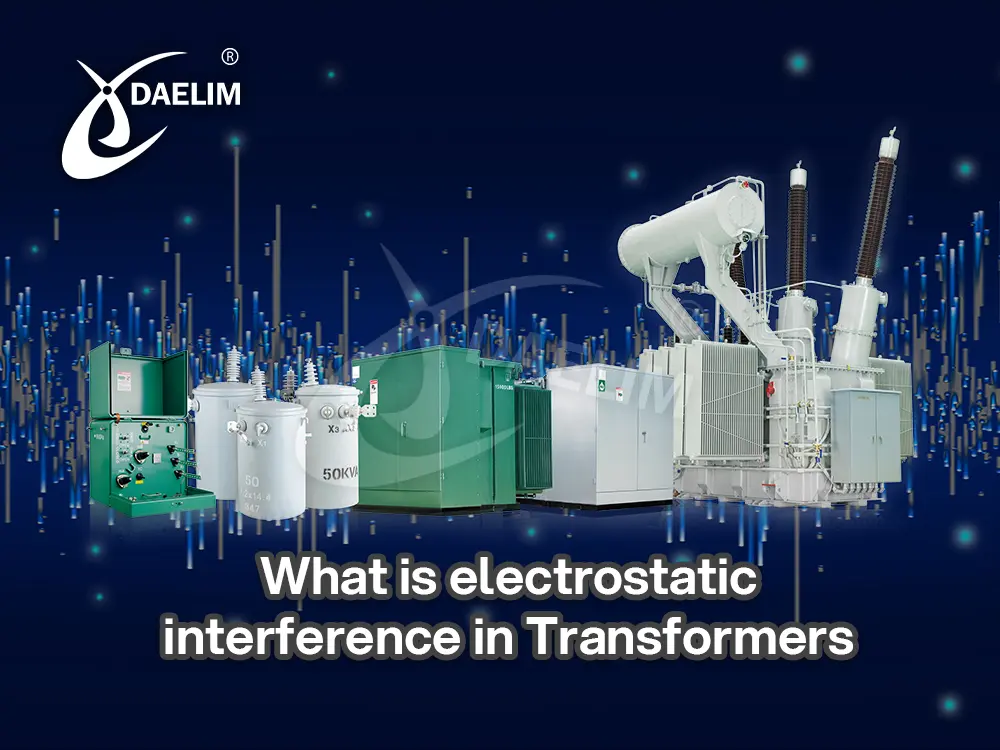
As we all know electric transformers manage electricity and during this the phenomena of capacitive coupling can occur and transformer parts specially winding can develop static electric charge. This static electric charge can interfere and cause disruption in the electrical output of transformers. This interference with electrical output of transformers by a static charge developed in transformer winding is called electrostatic interference.
This electrostatic interference in transformers is a type of electromagnetic interference EMI and it should be avoided at any cost. To eliminate this interference, a special type of shield called the transformer electrostatic shield is used.
Contact Daelim TransformerCommon Sources of Transformer Electrostatic Interference
Your transformer can face electrostatic interference from three different sources.
- A high voltage power line moving into or out of the transformer or even passing near to a transformer can develop electrostatic interference due to huge amounts of current moving through it.
- Different types of electronics and electrical devices like inverters or rectifiers can also induce electrostatic interference in transformer winding or in its other electrical parts.
- The environmental static charge developed in clouds due to natural and man made factors, can also play a role in transformer electrostatic interference.
What is a transformer electrostatic shield?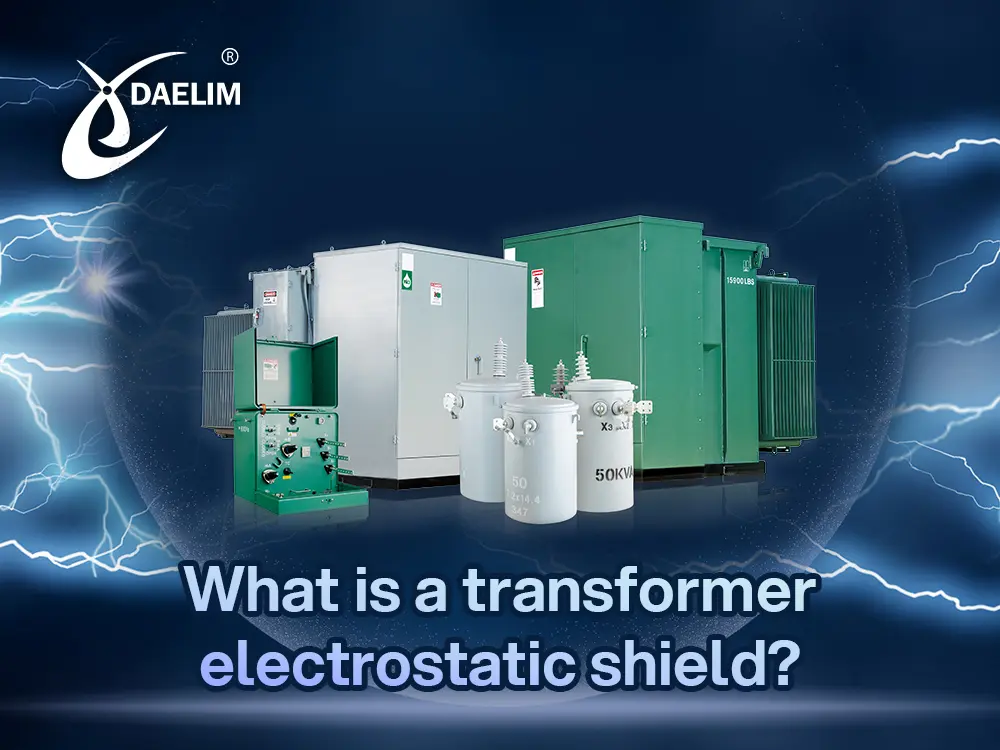
The transformer electrostatic shield is a physical shield placed between the transformer primary winding and secondary winding. It's a conductive layer of non magnetic metal that works to reduce the electrostatic coupling thus blocking electrostatic interference.
In its simplest form, it is a thin sheet of non magnetic metal placed between the transformer primary and secondary winding that does not allow the coupling of electrostatic charge from primary to secondary winding. This prevents electrostatic interference that might happen between transformer windings or other conductive parts.
This electrostatic interference can disrupt working of different electronics and electrical connection of transformers and can compromise transformer performance. In transformers with multiple coils, a single conductor is used to bond all the electrostatic shields to make a one unified transformer electrostatic shield.
How does a transformer electrostatic shield work?
As we explained, electrostatic interference occurs due to capacitive coupling. The capacitive coupling itself is the transfer of electrical energy from one electrical circuit to a nearby electrical circuit. The transformer electrostatic shield works on the Faraday Cage principle to block the transfer of its capacitive coupling from primary to secondary winding of the transformer.
It does so by absorbing that capacitive coupling or can say electrostatic interference and transferring it to ground by effectively grounding itself. The electrostatic interference developed due to capacitive coupling is redirected into the ground rather than from one electrical circuit to another electrical circuit.
So a transformer electrostatic shield is a simple sheet of metal that works as a grounded barrier that intercept, absorb, and redirect all the electrostatic interference and unwanted signals into the ground before they reach and affect the transformer output signal.
Why Transformer Electrostatic Shielding is Important?
There are three main reasons why electrostatic shielding of transformers is important
Prevent Transmission of Noise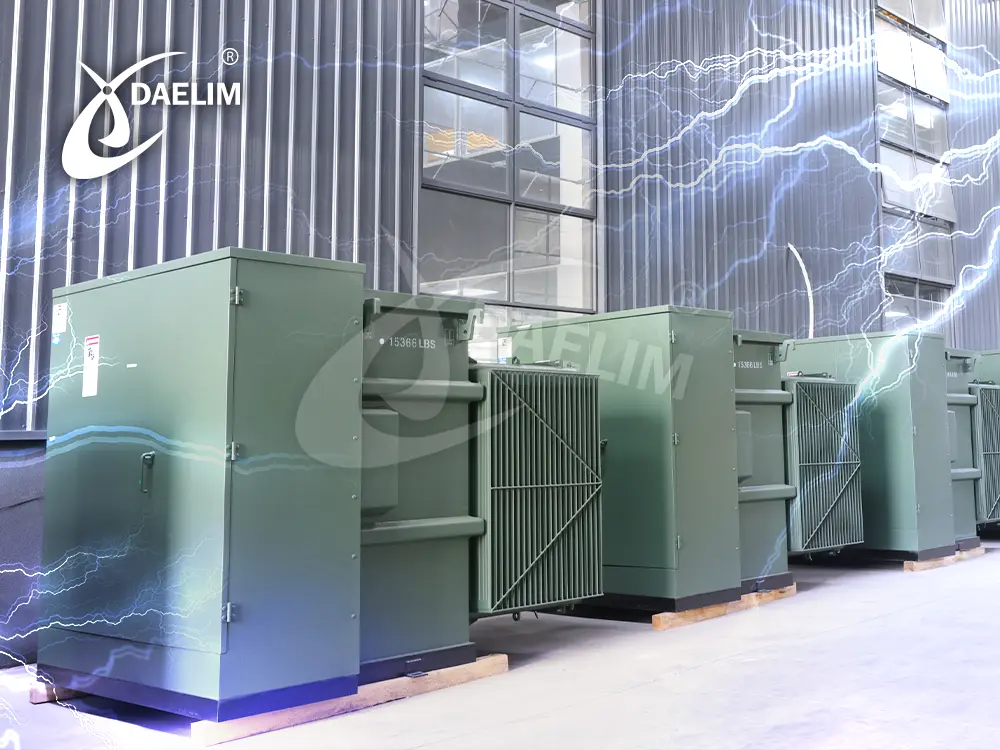
The transmission of electricity from any electrical device can produce electrical noise. If this noise has significant intensity, it can interfere with either input or output signal coming into or out of the transformer. The transformer electrostatic shield works to block all electrical noises generated as a result of electrostatic charge. It acts as a barrier to block noise generated by primary winding from passing to secondary winding and potentially disturbing the output signal.
More about:Analysis of electric transformer noise problem
Enhance Transformer Performance
Transformer electrostatic shielding is crucial for consistent performance. Electrostatic shielding blocks all electrical noises, and other electrical interferences which keep the output signal clear and consistent. Transformer electrostatic shielding also reduces unwanted capacitive coupling, ensuring efficient energy transfer.
Improve Equipment Lifespan
Transformer electrostatic shields not only work to block unwanted noises and interferences for your transformer to keep its output signal clear. It also works to protect the sensitive electronics of the transformer from unwanted voltage spikes and external interferences. This improves the equipment lifespan by protecting it from any accidental failure.
More about:Transformer Protection Devices
Types of Electrostatic Shields
There can be three different types of transformer electrostatic shielding depending on the transformer type, size, power rating, and the output required.
Copper Foil Shielding
Copper foil electrostatic shield is the most effective and high performance electrostatic shield you can use in any transformer. Simply made from copper foil, the copper electrostatic shield relly on its high electrical conductivity to block and redirect all the electrostatic interference, electrical noises, and unwanted signal away from transformer electronics and into the ground. The copper foil shielding is used in all types and sizes of precision and dedicated transformers.
Aluminum Shielding
Made from a very thin sheet of aluminum, the aluminum electrostatic shield is the most widely used and cost effective solution to block and redirect all types of electrostatic interferences and ground all the electrical noises and unwanted signals. They are used in almost all types, size, power capacity transformers where keeping manufacturing cost low is crucial.
Conductive Paints and Coatings
Transformers are not only those big electrical devices that you see installed on poles or on ground. These also came in small enough size to be a part of a machine and in sensitive machines, even a smallest of electrostatic interferences can be problematic. So in those applications, a conductive paint or coating is used for electrostatic shielding due to space constraint.
More about:Protection and Maintenance Methods for Oil Transformers
Design Consideration for Transformer Electrostatic Shielding
Transformer electrostatic shielding is so crucial especially in applications where transformer performance and output signal quality is very important. Your ability to do a proper design calculator and implementing the concept properly will have a significant impact on transformer performance and efficiency especially in sensitive applications.
The following factors must be considered when designing an effective electrostatic shield.
Placement and Grounding
To do an effective transformer electrostatic shielding job, you need to do a proper placement and grounding job for shielding metal sheets. Other than this you should also consider the minimizing of loop and need of multiple shieldinging if required.
Location
The non magnetic thing sheet of metal should be positioned between the transformer primary and secondary winding and no area of winding should be exposed to each other. Sheet should cover the entire length, width and height of the winding for a perfect electrostatic shielding.
Grounding
The electrostatic shield should be properly grounded to either transformer ground or the chassis ground. Any issue with the grounding work will result in the failure of the entire shielding job.
Minimizing Loop
The grounding path you made for the grounding work of the electrostatic shield should be kept as short as possible. This is very important as current always takes the shortest and lower resistant path, so keeping the grounding distance as short and straight as possible.
Multiple Shields
You might need to install multiple electrostatic shields depending on the application of the transformer. One case is where you need ultra low noise performance and extremely high quality output signal. A transformer with multiple primary and secondary windings needs at least one shield per winding. All shields are then connected and grounded with one single connection.
Material Selection
Material you choose for your transformer electrostatic shield is very important. Material conductivity and performance in absorbing and redirecting electrostatic interference will define the performance. You can choose from the following.
- Choose copper if you are looking for high performance and excellent shielding effect from your transformer electrostatic shield. If your transformer is for high performance application and cost is not an issue, then copper is best for your transformer shield. It has conductivity rating of 100% IACS (International Annealed Copper Standard)
- If your transformer is for general purpose and has no precision or dedicated application, then aluminum sheet is best for your transformer electrostatic shielding. It has a conductivity rating of about 61% IACS. This is lower than copper but acceptable in many applications. It is good at blocking electrostatic interference and costs much lower than copper.
Thickness of the Shield
The thickness of the transformer electrostatic shield will define the intensity of the electrostatic interference it can block. The thickness of the shield depends on the transformer type, size, and power rating.
A thicker shield will provide a better electrostatic shielding with improved noise diversion but it also increases the physical size and weight of the transformer. A thick electrostatic shield can also lead to eddy current losses if it is not properly installed.
To avoid eddy current losses and have a shield that blocks all the electrostatic interference, a sheet thickness must be selected that maintains a balance between electrostatic shielding and transformer efficiency. Typically a shield thickness ranges from 0.1 mm to 1 mm, depending on application requirements.
Additional Consideration
There are some additional considerations for you to know as they can come handy when designing the transformer electrostatic shielding. Some additional considerations are as follows.
- When installing the electrostatic shield, the shield has to be spaced adequately from winding. This space is important to prevent any unintended arcing between winding and shield.
- The material selection should be done after considering the transformer specification specially the transformer temperature. Shield should be able to resist the maximum operating temperature of the transformer without any degradation or compromise of performance.
- The shield design, shape, and sheet thickness should be in consideration of other design aspects of the transformer. The shield should be compatible with transformer winding and assembly processes to avoid unnecessary complexity and cost increases.
Reading more about Transformer Design
Application of Transformer Electrostatic Shielding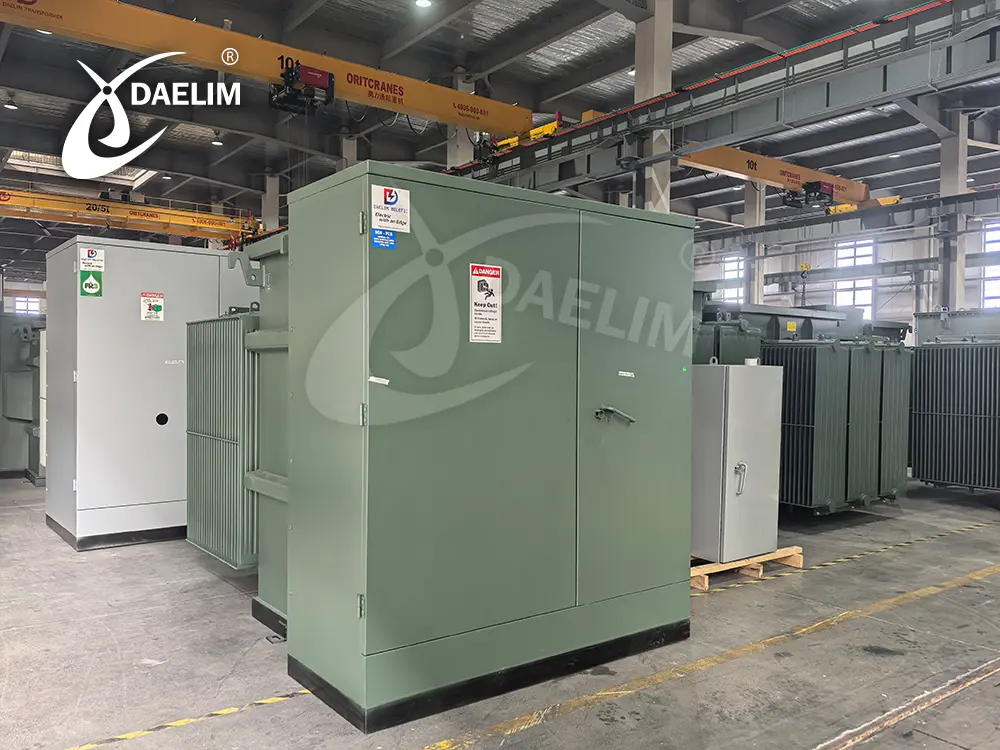
The transformer electrostatic shielding is not limited to industrial transformers for transformers you see hanging on poles. It is also done on any voltage regulating electrical device that can be called a transformer. Some of the most common applications of transformer electrostatic shielding are as follows.
Medical Equipment
Big medical equipment like X rays machines, CT scan machines, and MRI machines rely totally on consistent supply of electricity to operate efficiently. These machines have huge electrical power consumption due to their working mechanism which is managed by a builtin transformer. As these machines are involved in sensitive work and any change in electricity coming into the machine can affect their working. So to ensure accuracy in devices like MRI scanners and ECG machines, electrostatic shielding is heavily used in builtin transformers and other related electronics.
Aerospace and Defense
Aerospace and defense are two fields that heavily rely on electronics, electrical, and telecom equipment like sensors, transmitter and radars. All these machines basically do all their work consuming electricity. Any change in incoming electrical signal can affect their working and can prove catastrophic. So all these machines have electrostatic shielding to protect their sensitive electronics.
Conclusion
Transformer electrostatic shielding is an essential technique for minimizing electrical noise and unwanted signals in transformers. This is absolutely necessary to ensure stable electrical performance of transformers. Whether the transformer is for industrial applications or precision electronics, proper shielding enhances transformer efficiency and protects connected equipment.
Read more: How to choose the best distribution transformer?
Follow Up
Proper transformer electrical shielding is very crucial for having steady performance and high efficiency. We at Daelim design, manufacture, and supply transformers with high quality electrostatic shielding by following and satisfying all international standards. We deliver transformers of all types, sizes, and power ratings with proper electrostatic shielding in the USA, Europe, Australia and other countries around the globe.
If you have any question about transformer electrostatic shielding or about transformer design, manufacturing and supply. Contact Us and our team will talk you through the process.
Related Products
Related Article
Purpose of transformer oil and its Capacity
Transformer oil is essential for cooling, insulation, and isolation in oil-type transformers. Its quantity depends on transformer type, size, power rating, and operating conditions. Proper oil capacity ensures efficient heat dissipation, prevents short circuits, and protects against environmental factors. International standards like IEC, ASTM, and BS EN regulate oil specifications and testing. Accurate oil capacity is critical for transformer performance and longevity.
Can You Convert Single Phase Transformer to Three Phase?
A single transformer cannot convert single-phase to three-phase power, but three single-phase transformers can be configured to create a three-phase system. This upgrade enhances efficiency, handles higher loads, and suits industries like manufacturing and data centers. Daelim Transformer offers reliable solutions for such power needs.
Can a Damaged Transformer Coil Be Repaired, Refurbished, or Replaced?
A damaged transformer coil can often be repaired, refurbished, or replaced, depending on the extent of the damage. Minor issues like insulation wear or loose connections are repairable, while severe damage may require refurbishment or replacement. Consulting experts like Daelim ensures reliable solutions for maintaining power systems.
Core Type vs Shell Type Transformers
Core-type and shell-type transformers differ in structure, magnetic path, conductor material, and cooling efficiency. Core-type transformers offer better insulation, easier maintenance, and cost-effectiveness for high-power applications. Shell-type transformers, with a shorter magnetic path and compact design, provide higher efficiency and superior heat management. While core-type transformers excel in industrial use, shell-type transformers are ideal for space-saving and energy-efficient solutions. Choosing the right transformer depends on application needs, cost considerations, and performance efficiency.
Hermetically Sealed Transformers vs Conservator Type Transformers
Hermetically sealed and conservator-type transformers differ in design, maintenance, and performance. Hermetically sealed transformers are fully enclosed, preventing air exposure and requiring minimal maintenance, making them ideal for harsh environments. Conservator-type transformers use an expansion tank for oil regulation, improving cooling and extending operational life. Each type has distinct advantages depending on application needs, space, and budget. Choosing the right transformer ensures efficiency, reliability, and long-term performance for power systems.
Choosing the Right Transformer Enclosure for Your Project
Selecting the right transformer enclosure ensures safety, durability, and optimal performance. This guide explores different NEMA-rated enclosures, their materials, and protective features against environmental hazards like dust, moisture, and corrosion. Whether for indoor or outdoor applications, choosing the proper enclosure safeguards transformers, extends their lifespan, and reduces maintenance costs. Understand key factors like protection levels, material selection, and environmental conditions to make an informed decision. Contact Daelim Transformer for expert guidance in finding the best enclosure for your needs.

